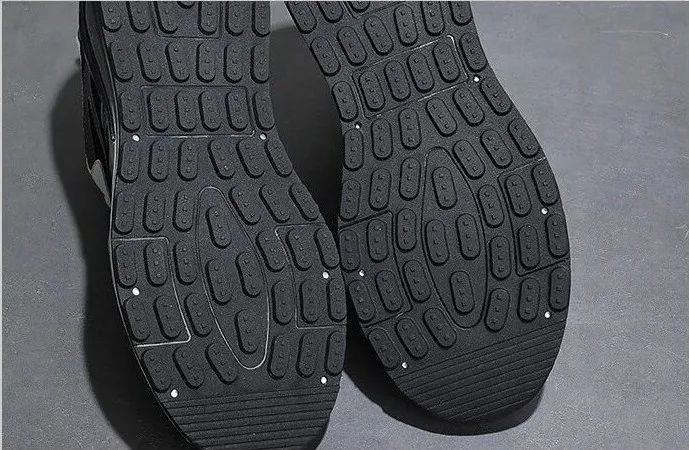When considering slip resistance, an important physical property - friction - cannot be ignored. People can walk and ropes can be tied tightly because of the existence of friction. Generally speaking, when there is relative motion or a trend of motion between two contact surfaces, a parallel resistance force will be generated at the contact between the two sides, which is called frictional force. Let's discuss the dry friction between solids alone. The causes of friction phenomenon are very complex and cannot be fully understood at present. The molecular force of contact force is very important for friction force, as the frictional force between dry surfaces and the micro irregular plastic deformation of related contact surfaces.
The anti slip effect is directly related to the friction force, and the anti friction force is usually divided into dynamic friction force, static friction force, and maximum static friction force. According to the law of friction in physics, friction is related to forward force and friction coefficient. Forward force refers to the force perpendicular to the direction of motion of an object, and the friction resistance coefficient is only related to the properties of the two contact surfaces. When the contact surface is usually rough, the greater the friction coefficient. Before the object begins to move (sliding or moving along the contact surface), the static friction force should reach its limit value.
Fs (maximum static friction force)= μ S (static friction coefficient) · N (forward force)
The friction efficiency of shoe soles is usually evaluated based on the maximum static friction force. In addition to human body measurements, there are many evaluation and testing standards in various countries around the world that evaluate the skid resistance of shoes. In the laboratory evaluation, Mark II (according to ASTM D1677) and finished shoe slip test evaluation (according to ASTM D1894) were used, in addition to SATRA STM603; SATRA TM144:2007; EN ISO13287:2007 and other commonly used shoe anti slip testing standards or universal friction testing instruments are used to test the anti slip performance of the sole.

Dry anti slip, in addition to considering the different contact surfaces, the different anti slip effects produced by different soles on the same contact surface can be considered relatively simply. The first thing to consider is the properties of the sole material, including softness and hardness, actual contact surface, etc. In dry anti-skid, there is an absolute relationship between softness and hardness. Soft materials will undergo significant deformation when in contact with the ground, while micro irregular plastic deformation will occur on the contact surface, resulting in a larger contact area. Therefore, there is a relatively large frictional force, and the anti slip effect is relatively improved. Although soft sole materials have strong anti slip properties on dry surfaces, excessively soft sole materials can easily cause deviations in basic physical properties and poor wear resistance. The common sole materials are as follows:
1. Natural sole: Generally, natural leather is applied to the sole, which is usually hard and dry anti slip is not ideal. It is usually achieved by utilizing structure, or by combining anti slip materials such as plastic in a point, strip, or surface shape on the sole to increase anti slip performance.
2. PVC sole: Dry anti slip performance is acceptable, wet anti slip performance is acceptable, but not wear-resistant.
3. EVA foam sole: Dry anti slip is acceptable, but wet anti slip is not ideal. Usually, shoe sole pattern design is used to increase anti slip performance, but due to the foam material, which is soft and has poor wear resistance.
4. PU sole: Dry type has good anti slip performance, wet type does not have ideal anti slip performance, wear resistance is acceptable, lightweight and elastic, but it should not be stored for too long and should be worn regularly, otherwise it will hydrolyze in the natural environment.
5. TPR sole: The dry type has good anti slip performance, while the wet type has unsatisfactory anti slip performance. The wear resistance depends on the foaming ratio and softness; It can be heated to melt and then recycled.
6. Vulcanized rubber sole: It usually has good anti slip effect and good wear resistance. The formula can be adjusted according to different needs to make different rubber soles.
7. Raw rubber sole: The dry type has good slip resistance and wear resistance, but the quality is heavier.